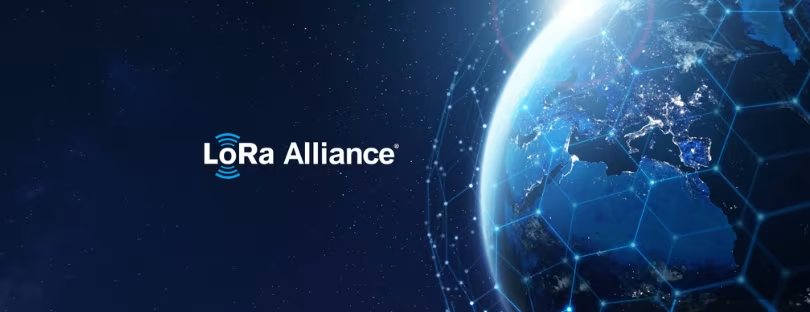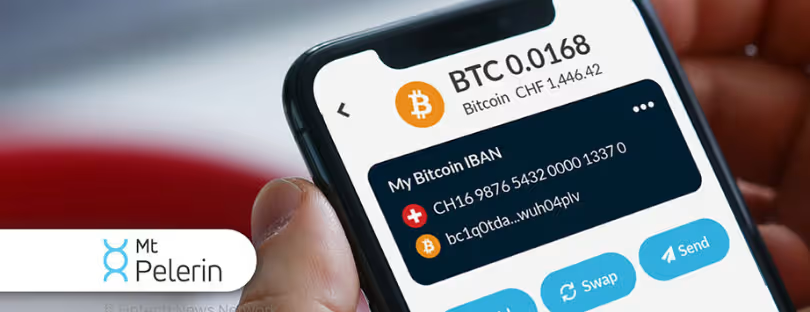
LoRa Alliance Pushes IoT Efficiency Forward with New LoRaWAN Regional Parameters
The world of IoT doesn’t stand still—and neither does the LoRa Alliance®. Known as the global powerhouse behind the open LoRaWAN® standard for low-power wide-area networks (LPWANs), the alliance just rolled out a significant upgrade: the LoRaWAN Regional Parameters RP2-1.0.5 specification.
This update introduces new, higher data rates that are designed to minimize “time-on-air,” boost network efficiency, and dramatically improve energy performance for connected devices. In practical terms? More devices, longer battery life, and smarter, faster IoT networks across industries.
A Smarter Step for Global IoT Expansion
“As IoT applications scale globally, the role of open standards becomes even more vital,” said Alper Yegin, CEO of the LoRa Alliance. And he’s right. With more than 100 million LoRaWAN devices deployed worldwide, managing energy consumption has become one of the biggest operational challenges for IoT networks.
The new data rates introduced in RP2-1.0.5 directly target this challenge. By allowing devices to transmit data more efficiently, they consume less energy — a critical improvement for use cases like smart cities, logistics tracking, agriculture, and industrial IoT.
Imagine a temperature sensor in a smart building: its primary energy drain isn’t from sensing or computing, but from transmitting data. By cutting transmission time in half, LoRaWAN’s new rates make it possible to either extend battery life significantly or use smaller, cheaper batteries and solar panels. That means lower maintenance costs and smaller device footprints — a big deal for manufacturers and network operators alike.
What’s New in RP2-1.0.5
The latest specification introduces raw data rates of 9.4 kbps for SF6 and 15.6 kbps for SF5, bringing up to 3x faster performance for some devices compared to earlier versions.
Here’s what that means in the real world:
- Faster data transmission—End-devices using SF5 rates now send data up to three times faster, while SF6-enabled devices see about 1.5x faster transmission.
- Less interference, more reliability— Shorter time-on-air means fewer transmission overlaps and stronger resistance to signal interference.
- Adaptive optimization—LoRaWAN’s built-in Adaptive Data Rate (ADR) algorithm ensures every device uses the optimal data rate automatically, keeping the system balanced and efficient.
And because LoRaWAN gateways can now receive SF5 to SF12 signals concurrently on the same channel, network scalability takes a leap forward. In short, this upgrade enables more devices to operate within the same infrastructure—a major boost for dense IoT environments like urban monitoring or industrial automation.
Why This Matters Beyond the Tech Specs
The implications go far beyond just numbers. In IoT, small efficiency gains compound dramatically when multiplied across millions of devices.
For network operators, shorter transmission times mean higher overall network capacity—both for uplink and downlink for businesses deploying IoT solutions, which translates to lower costs per device and more room for scaling without massive infrastructure overhauls.
And for device makers? The ability to use smaller batteries or photovoltaic panels opens the door to more compact, affordable, and sustainable device designs. It’s the kind of practical innovation that keeps LoRaWAN at the center of the LPWAN conversation.
Real-World Potential Across Industries
The RP2-1.0.5 release isn’t just a technical milestone — it’s a response to how IoT is evolving. Smart cities need real-time data from thousands of sensors managing traffic, lighting, and air quality. Farmers depend on connected devices to monitor crops, irrigation, and soil health. Industrial operations are increasingly automated with sensors tracking equipment health and energy use.
For all these scenarios, battery life and network capacity are make-or-break factors. The new LoRaWAN specification directly addresses both, giving IoT developers and cities more flexibility to expand without worrying about energy drain or network congestion.
Meet the LoRa Alliance at Smart City Expo 2025
For anyone attending the Smart City Expo World Congress in Barcelona (Nov 4–6, 2025), the LoRa Alliance will be at Hall 2, Stand 62, joined by members including inBiot, IoTech, Kerlink, Kudzu Technologies, Miromico AG, Thermokon, X-LOGIC, and ZENNER. The Alliance will also host an evening networking event on November 5 from 17:00 to 19:00, a prime opportunity to meet the team and connect with IoT peers driving this next phase of connectivity.
A Broader Look: LoRaWAN vs. the Rest
LoRaWAN’s latest update comes at an interesting time for the LPWAN market. Competing standards like Sigfox, NB-IoT, and LTE-M are also vying for dominance in the IoT connectivity space.
Sigfox, while energy-efficient, has struggled with scalability and global coverage, especially after its bankruptcy and restructuring. NB-IoT and LTE-M, backed by telecom operators, offer higher bandwidth but at the cost of greater power consumption and more expensive hardware.
LoRaWAN’s edge remains its open standard, low cost, and proven global adoption—now further strengthened by its ability to deliver faster data rates without sacrificing efficiency. The update also keeps it future-proof for hybrid connectivity models, where LoRaWAN can work alongside satellite IoT or private 5G networks.
As McKinsey and IoT Analytics both note in their latest reports, the next growth wave in IoT will come from massive, low-cost sensor networks—exactly where LoRaWAN thrives. With this latest specification, the Alliance is ensuring it stays ahead of the curve.
Conclusion: Future-Proofing the IoT Ecosystem
The LoRaWAN RP2-1.0.5 specification might sound like a minor technical update, but it’s anything but. It strengthens the backbone of one of the world’s most widely adopted IoT standards—making connected devices faster, cheaper, and more energy-efficient.
In a world racing toward smarter cities, cleaner energy, and data-driven automation, the ability to extend battery life and expand network capacity isn’t just an upgrade—it’s a necessity.
While others in the LPWAN space focus on proprietary models or carrier-driven solutions, the LoRa Alliance continues to champion open innovation—a choice that keeps it aligned with the spirit of IoT itself: interconnected, adaptable, and sustainable.












